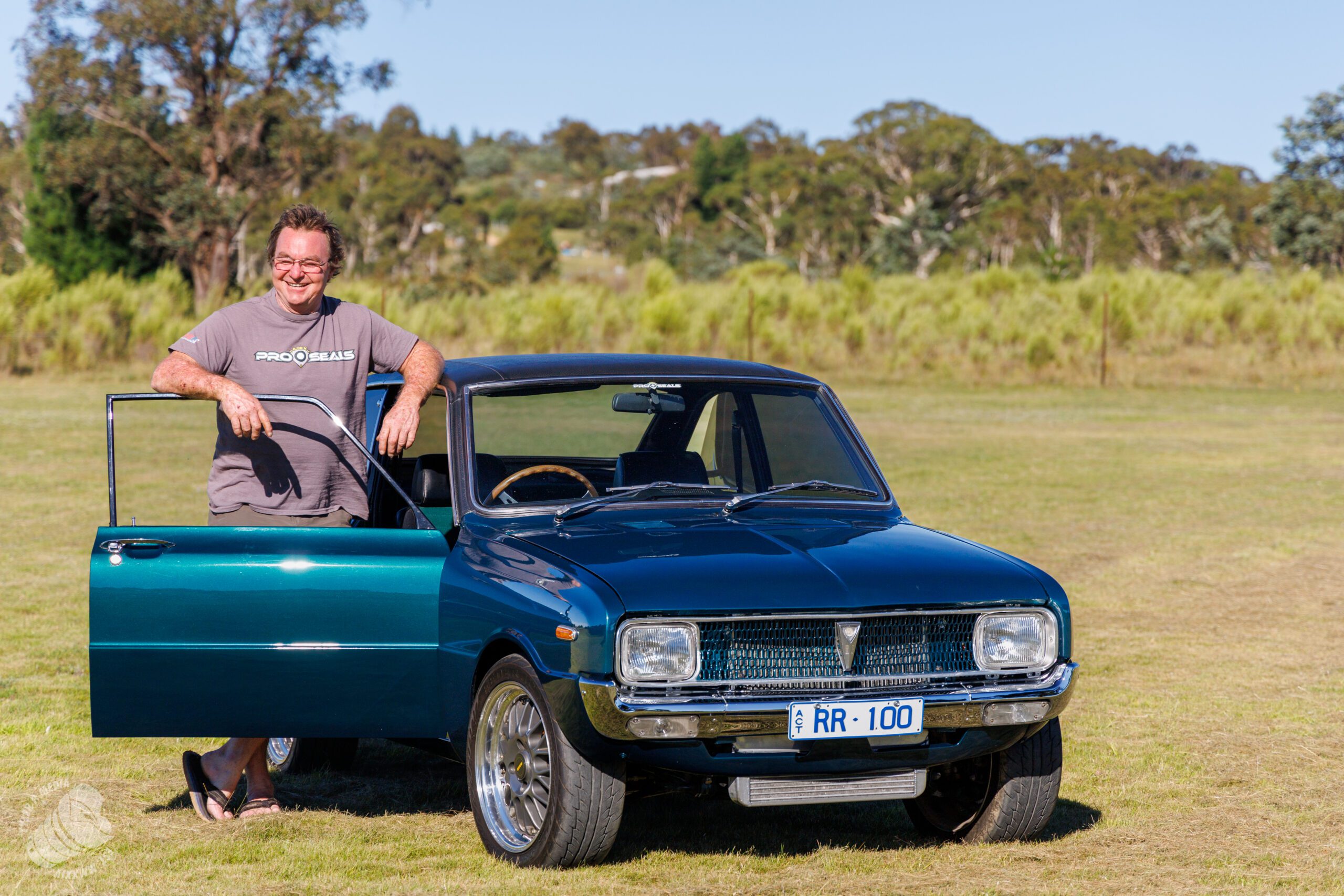Squirrelled away on a rural property, far from prying eyes is the world of a mechanical wizard tinkering and revitalising rotary magic in an unsuspecting garage. His energy and enthusiasm may well be a metaphor for the rotary engine itself, spinning a series of revolutions that inspires even the most hardened rev head to achieve their dreams.
Jeremy has returned to MazdACT Stories off the back of an earlier feature on his RX4 Coupe; itself a speed weapon of beauty and careful precision. Today we’re instead casting our gaze across the workshop to another creation, a beautiful green 1970 Mazda Series II R100. As we sit down for this interview, he immediately cements his knowledge by noting that the original R100 came out with a hundred and ten horsepower, but it’s what technology was allowed to do with the power of the rotary that spurred his obsession today.
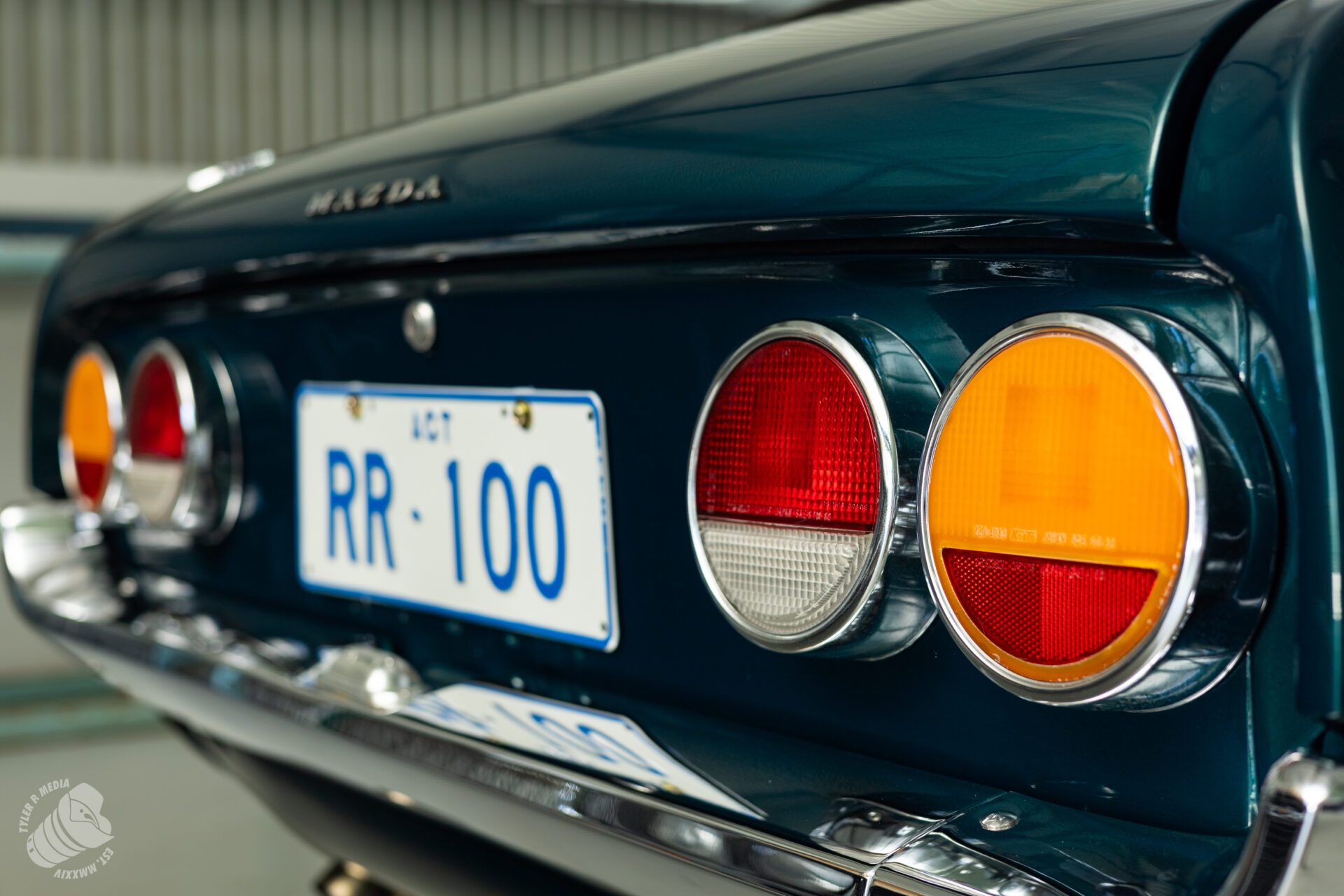
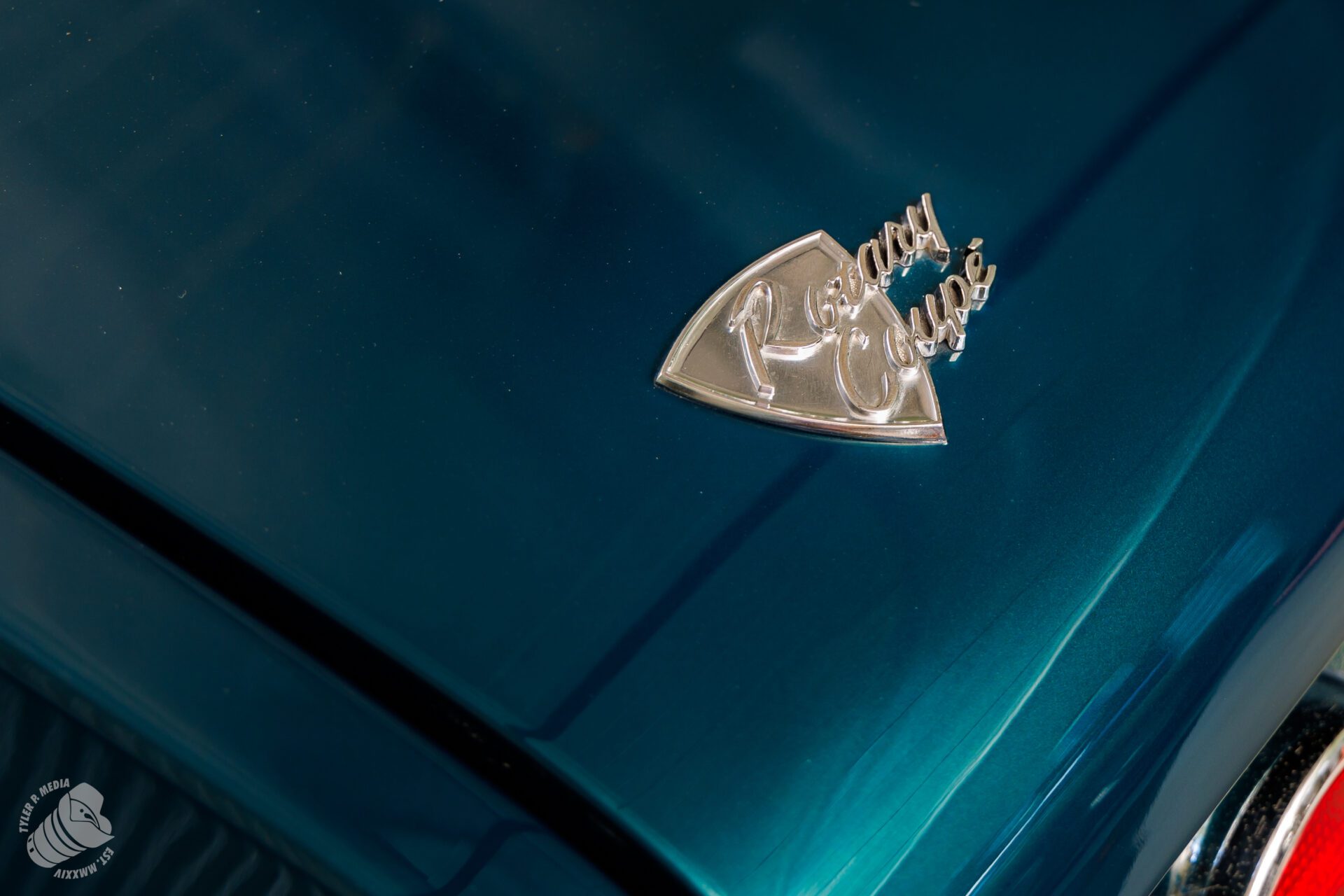
A mechanic by trade, Jeremy’s skills were built on four-stroke piston engines. As he points out, in a four-stroke piston engine the piston goes up and down four times to make one power stroke, whereas a rotary has three power strokes in one cycle so that every time the rotor turns around once, the vehicle has had three power strokes. Far from a guarded passion, we further learn that he loves to share this knowledge and love with the community by way of what he terms are his ‘Rotary Therapy Nights’;
“Every Tuesday night here is rotary therapy night. I don’t normally work on other people’s cars. But if I work on someone’s car, it’s Tuesday night’s rotary therapy night for me. I set that night aside, and we’ll work till whatever it takes to get the job done, whatever it may be”
Evidently, a true rotary enthusiast.
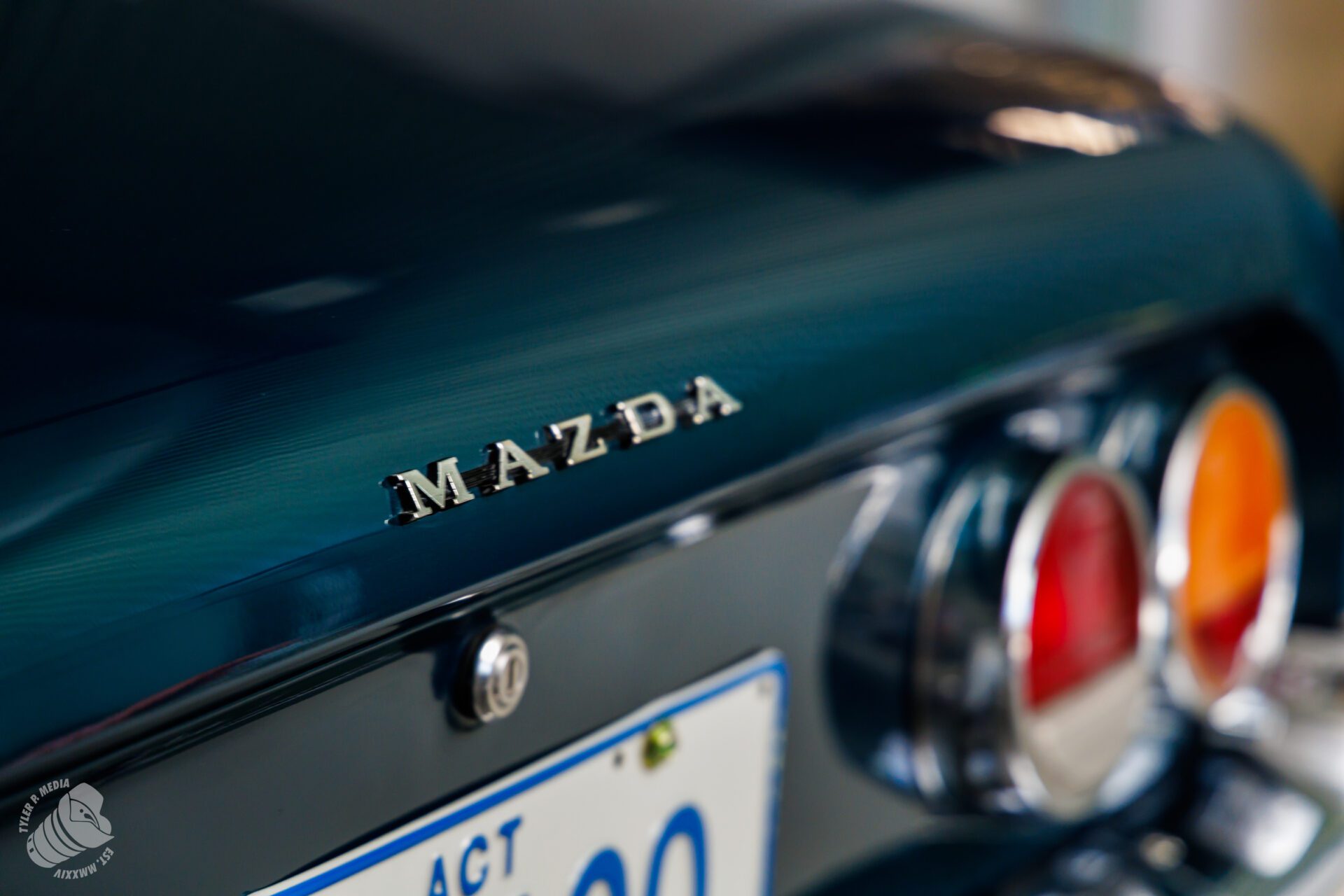
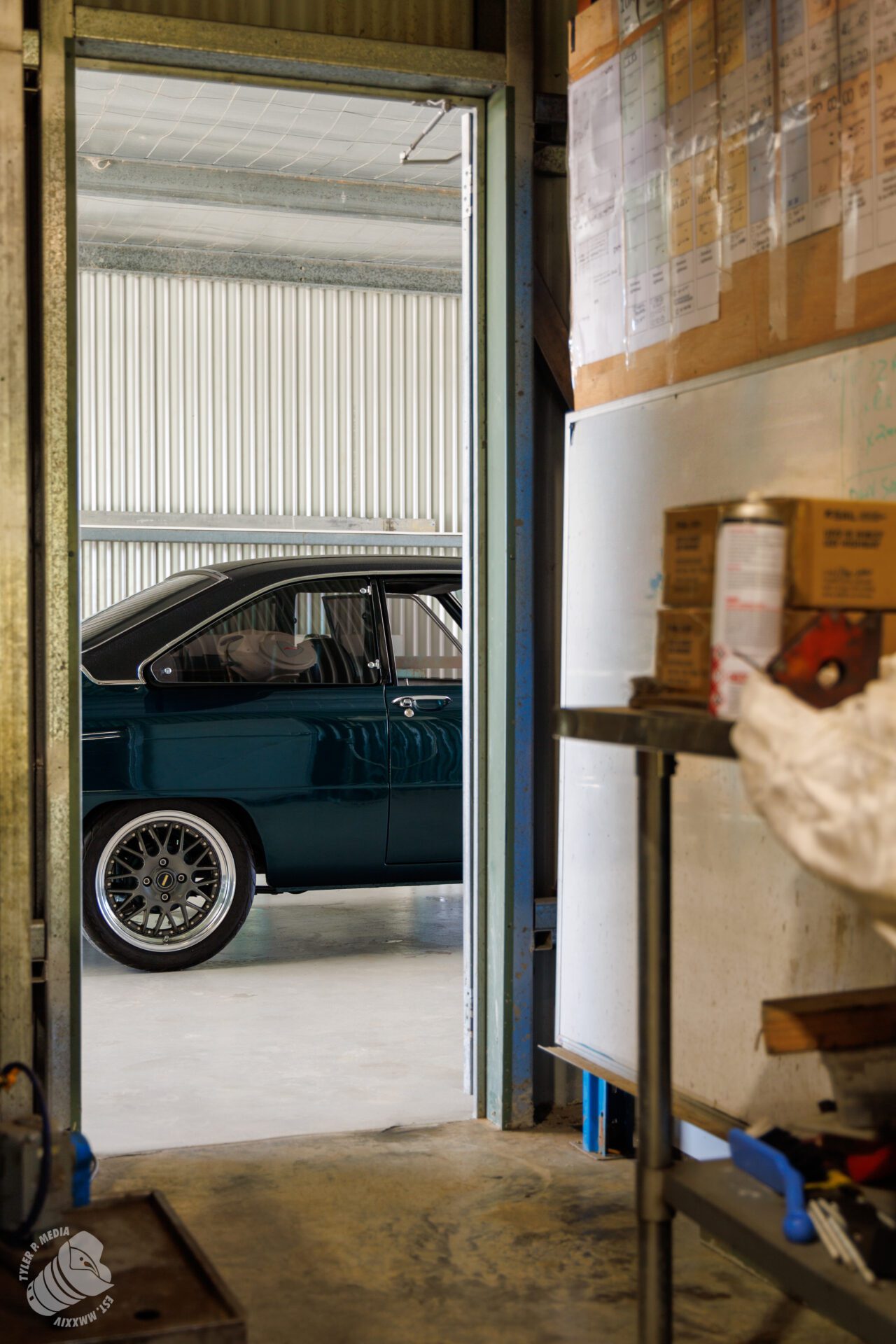
The history of the R100 takes us back to the 1967 Tokyo Motor Show. Badged then as the RX-85 (Rotary experimental) and showcased alongside the L10 Cosmo, it was based on a 1200 coupe that had been on roads for close to a year prior. In place of the four-cylinder engine was a revised 10A rotary engine, which surprised an Australian public later in 1970 who were expecting an ordinary car at first glance. The quick performance and agility of the little Japanese coupe led to intense media attention at the time, reviewers raving of rotary magic and cementing Mazda Australia in marketing history.
In 1971 the R100 was dropped from local sales lists in light of competing examples from the Familia family such as the Mazda RX2, RX3 and RX4. Its purpose achieved, Mazda had gained the export reputation they wanted without the cost of an originally designed rotary model (1). Ironically, this was the same year that Jeremy entered the world, though it wasn’t until 1988 that the two would meet and forge a partnership that he now feels is a special heirloom in the family.
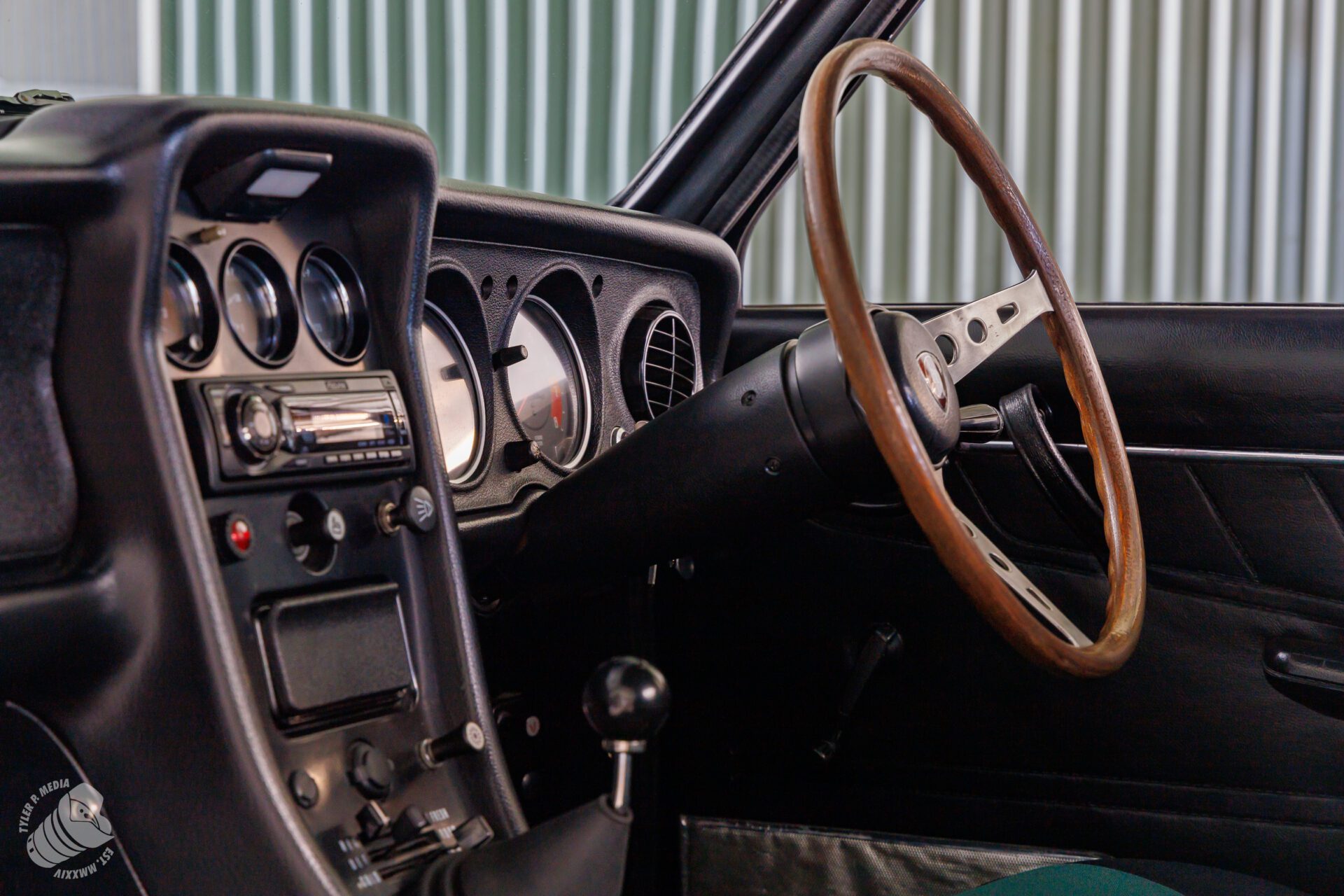
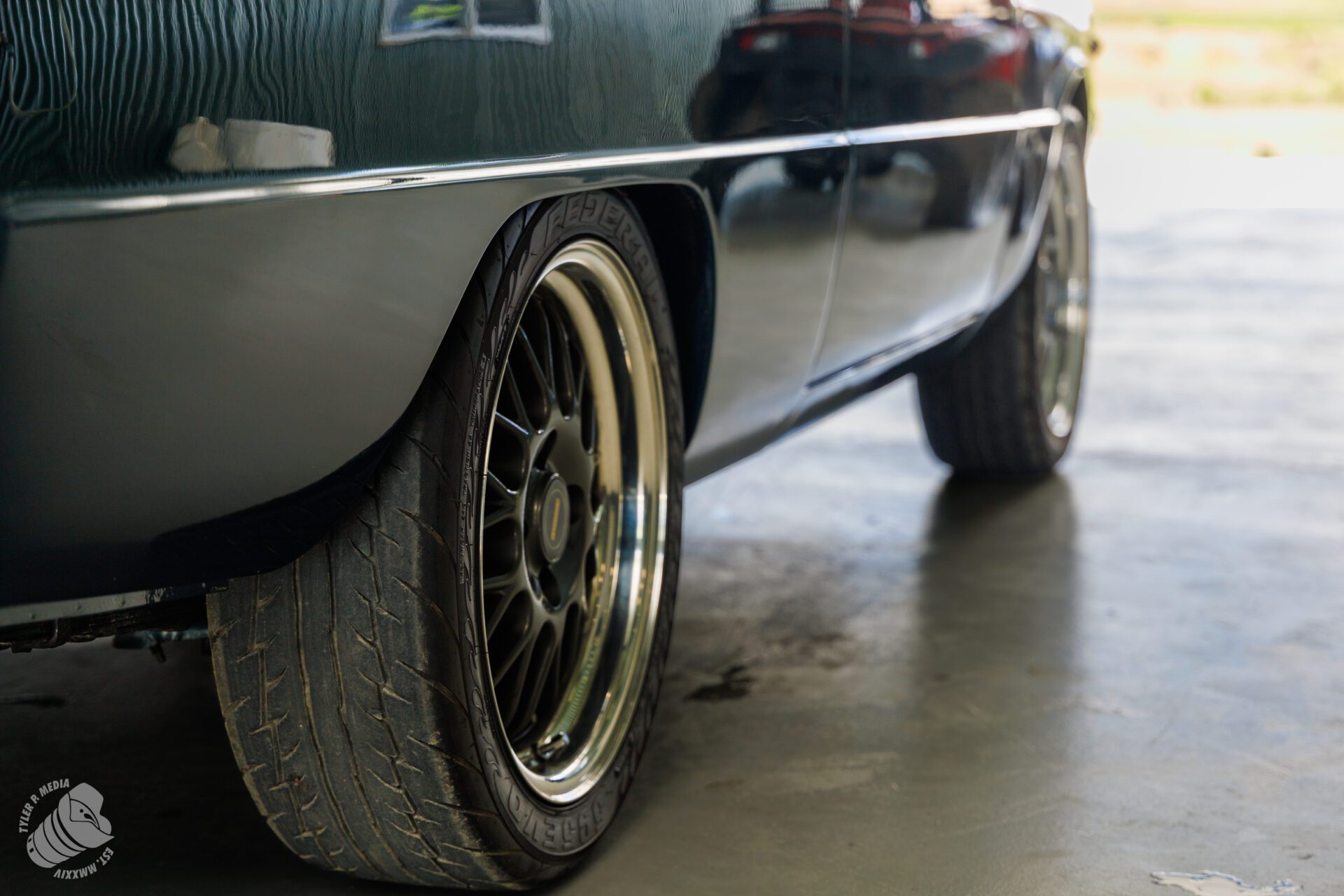
“When I was about maybe 17 or 18, a friend of mine said there was one for sale for $3,000, so that’s the one I bought. I took the opportunity while it was there, not knowing what they were for today, and the present day makes the changes”
Jeremy wasted no time on pursuing the idea of his perfect R100. Starting at the bottom of the vehicle and working upward, efforts were first applied to a deep clean and degreasing. Inside he would spend almost 400 hours refurbishing the cabin with passion and effort applied to every nut and bolt. Struggling to locate original R100 seat material, he originally decided to turn them green and black to match the colour of the paintwork before then happening across six metres of material. Restoration luck would carry on with repairs to the vehicle’s rare vinyl roof, once sold at the discretion of dealerships rather than factory. A repaint in the gorgeous green finish gave new life to the body.
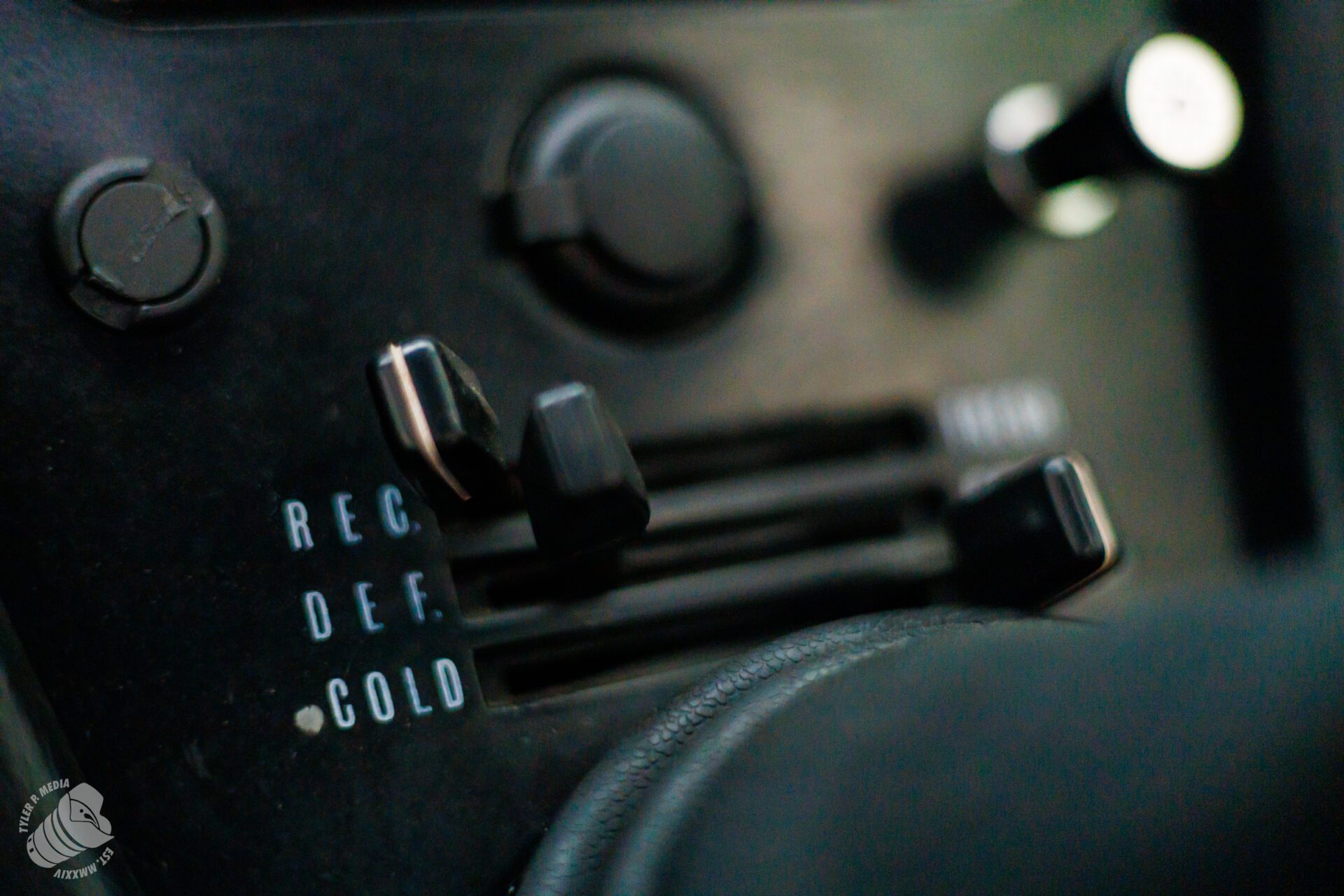
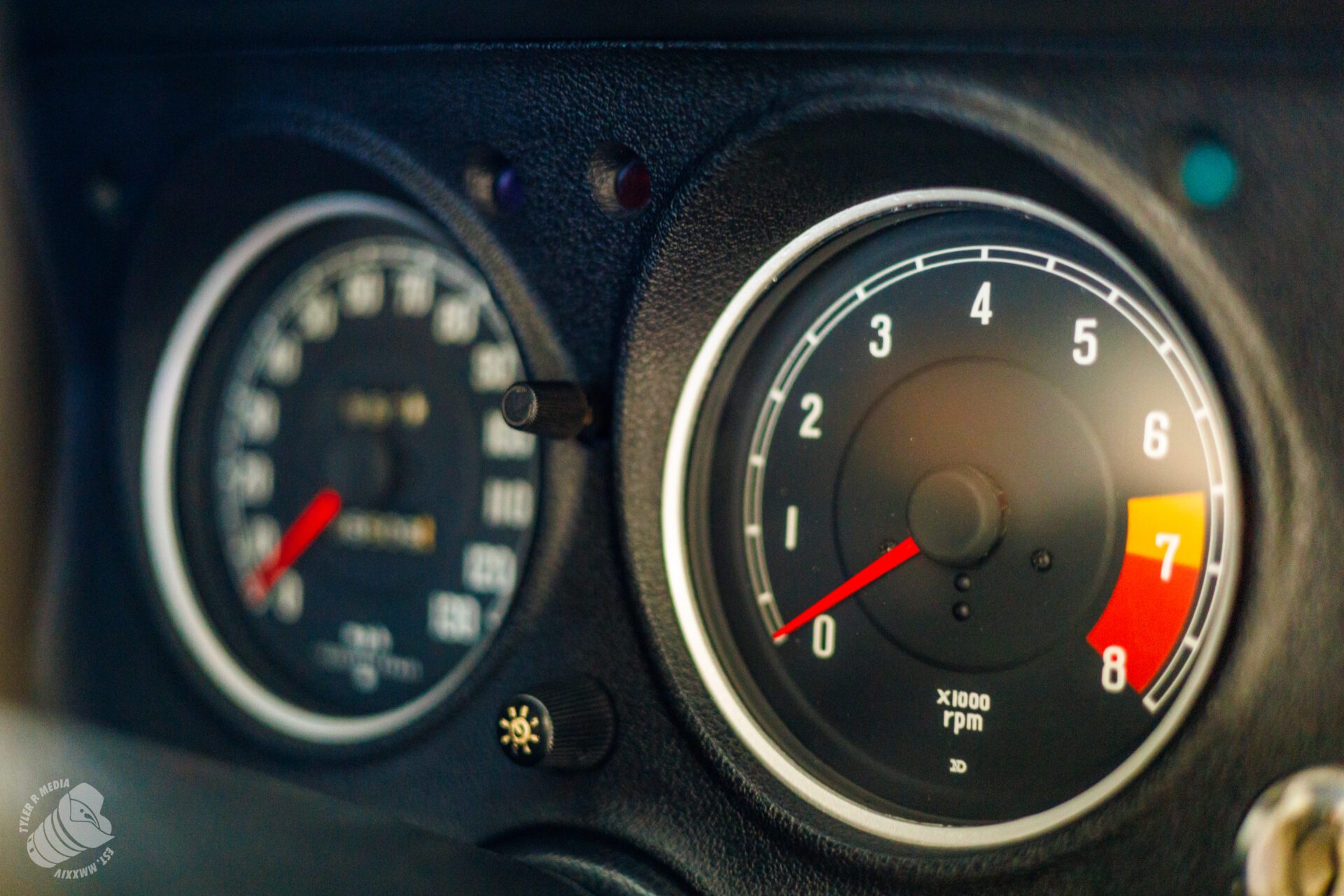
“You’ve got to love your Mazda’s to have the passion and if you haven’t got the passion, your heart’s not in it. It doesn’t kind of come out the same. It’s a labor of love and it’s one of those things that has picked up value now. This was done quite a while ago before the prices went ridiculous on vintage Mazda’s”
The 10A motor was rebuilt by a gentleman in Melbourne called Lino with a five-speed box behind it aimed at an original R100 differential. Upgraded hopper stopper brakes were applied on the front with original drums on the rear. Jeremy notes no existing issues with the car today and having worked flawlessly for a number of years. For this reason, and with the restoration of a 1968 R100 on the horizon, Jeremy’s content with the end product after endless investment and care.
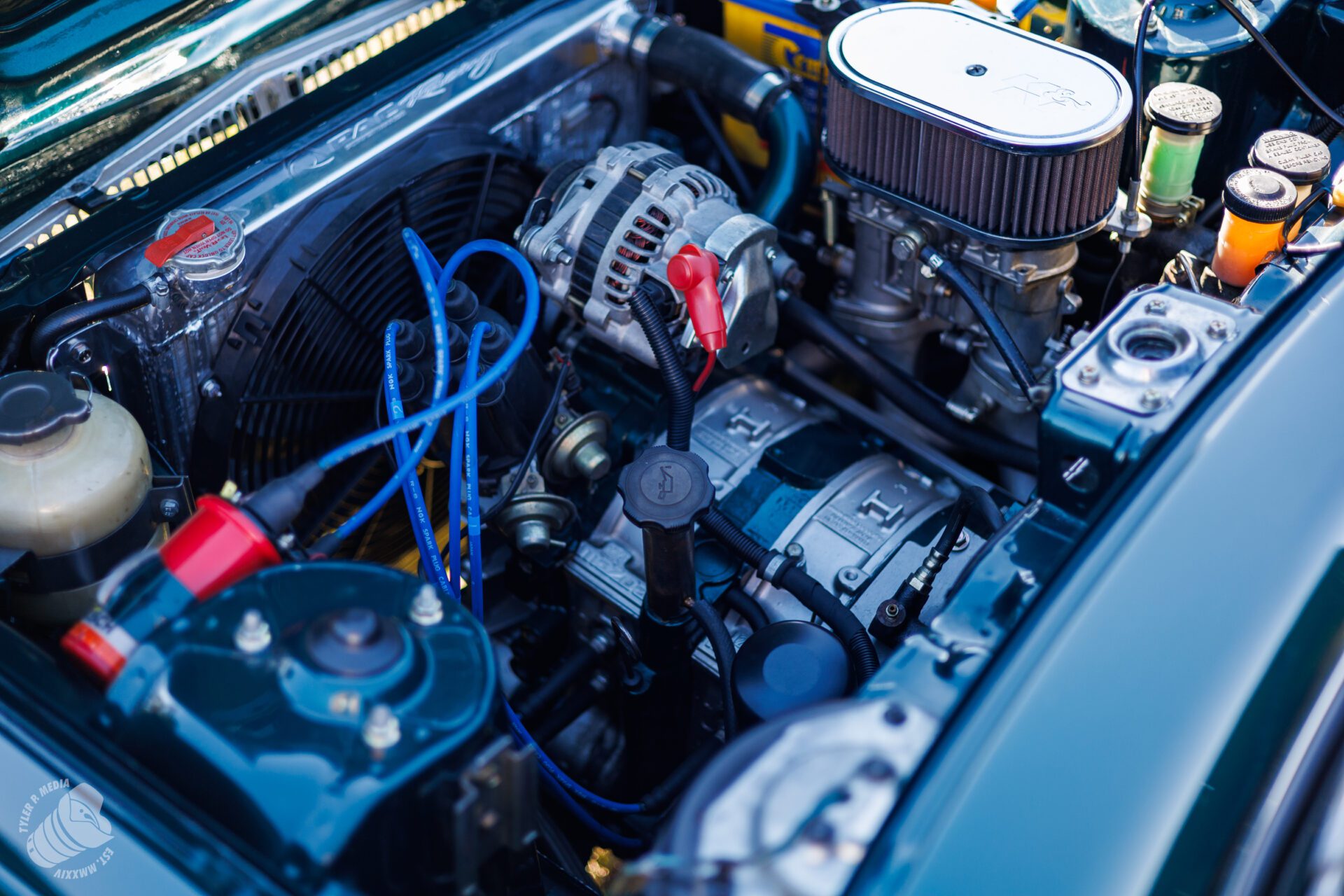
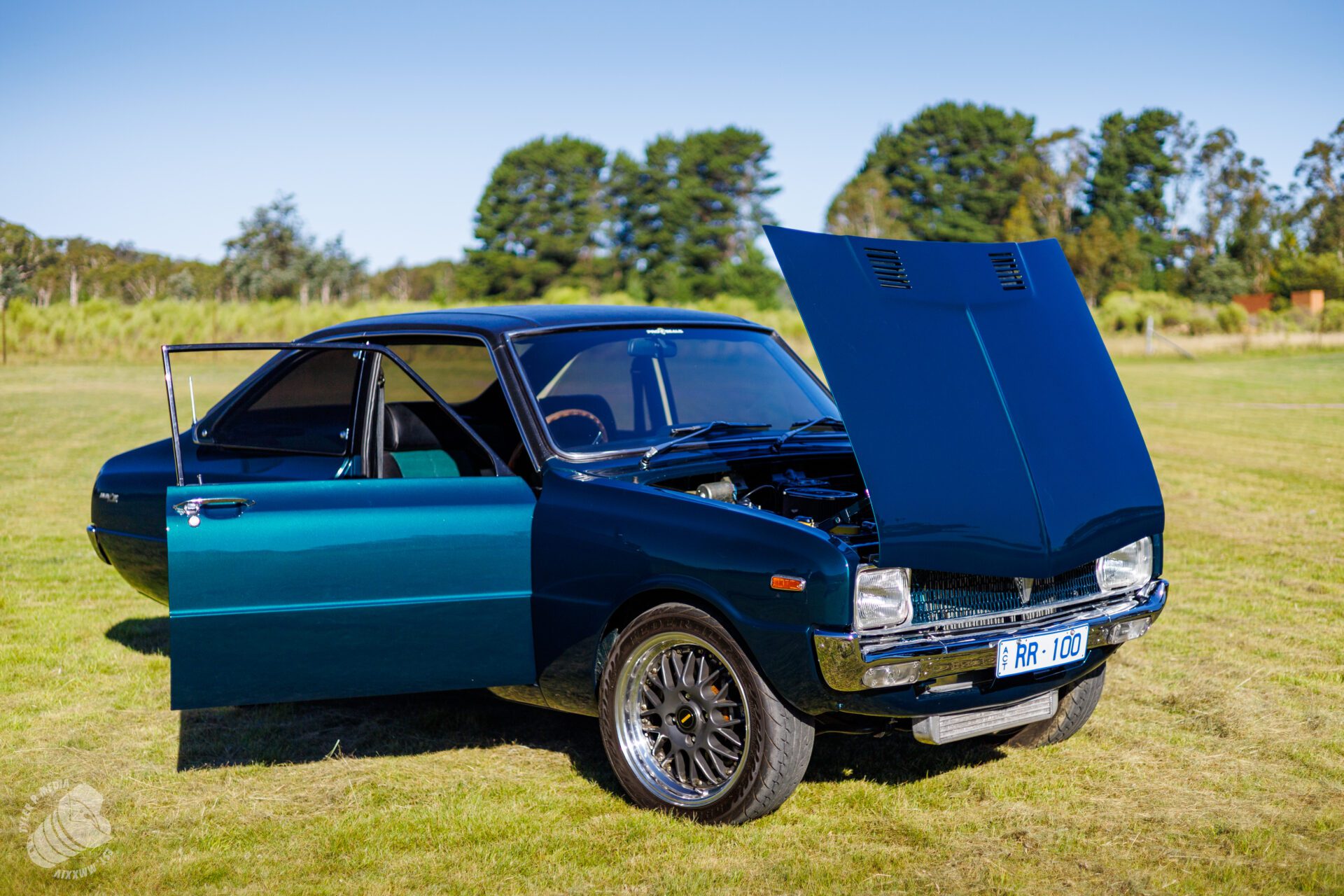
“There’s no need to go any further. I’m not going to race it; I just keep it in the condition that it’s in at the end of the day. It’s a weekend cruiser, a neat little car, and I’m fortunate enough to have other cars that I can run around in”
One may feel like Jeremy’s conciseness and eye for accuracy have drawn the story to a close early. But it’s when he’s approached on the reason for his rotary passion with Mazda that our narrative takes a sudden turn into an explanation that is best left to his own words to describe.
“Why all this? What does rotary mean to me, and why? I think rotaries, they give you a feeling. I think that you need to be a rotary owner to understand, or at least experience being in a rotary; that whether it goes fast, whether it’s a sound, whether it’s a smell; it’s this unique culture that Mazda probably inadvertently created, a culture around the rotary”
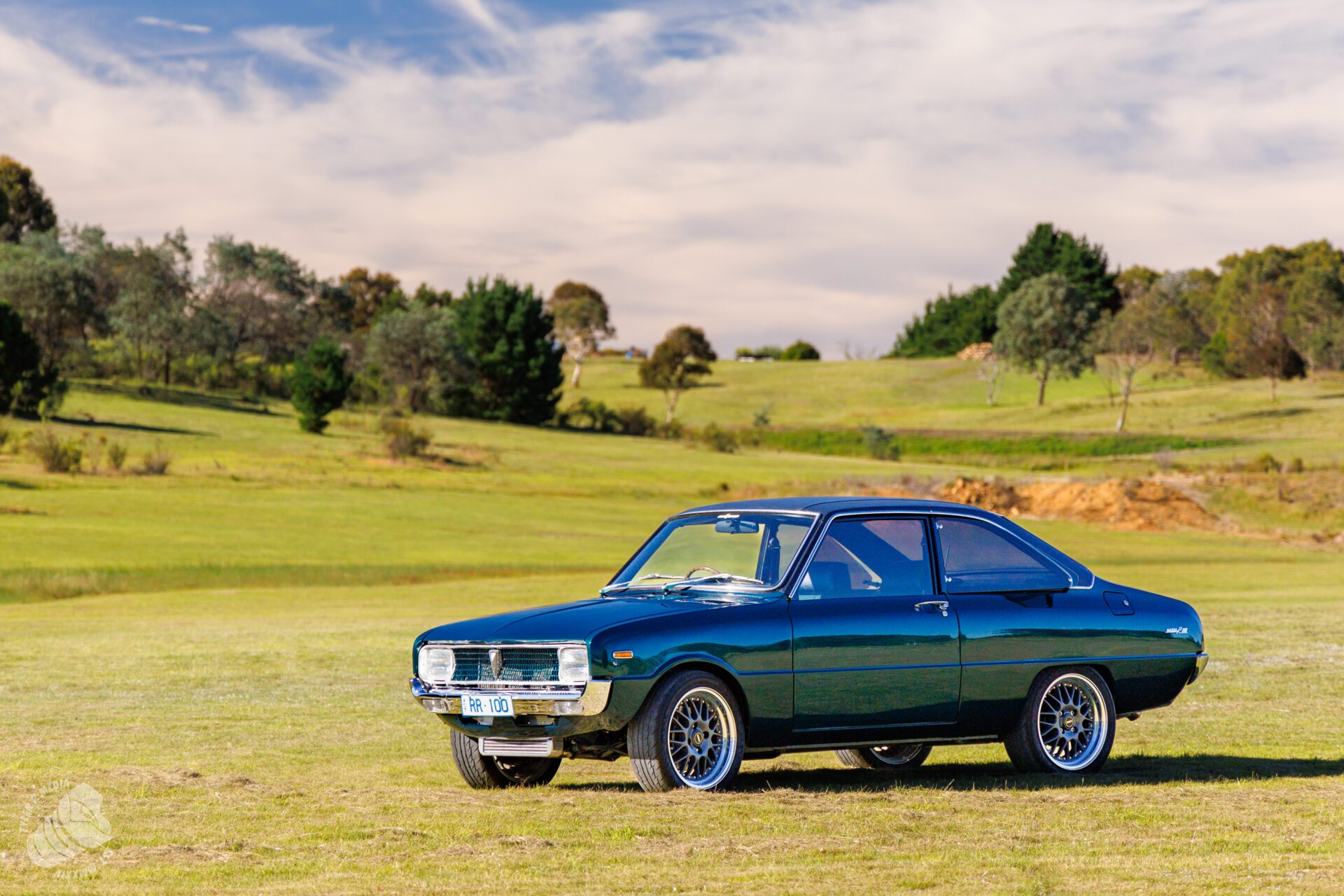
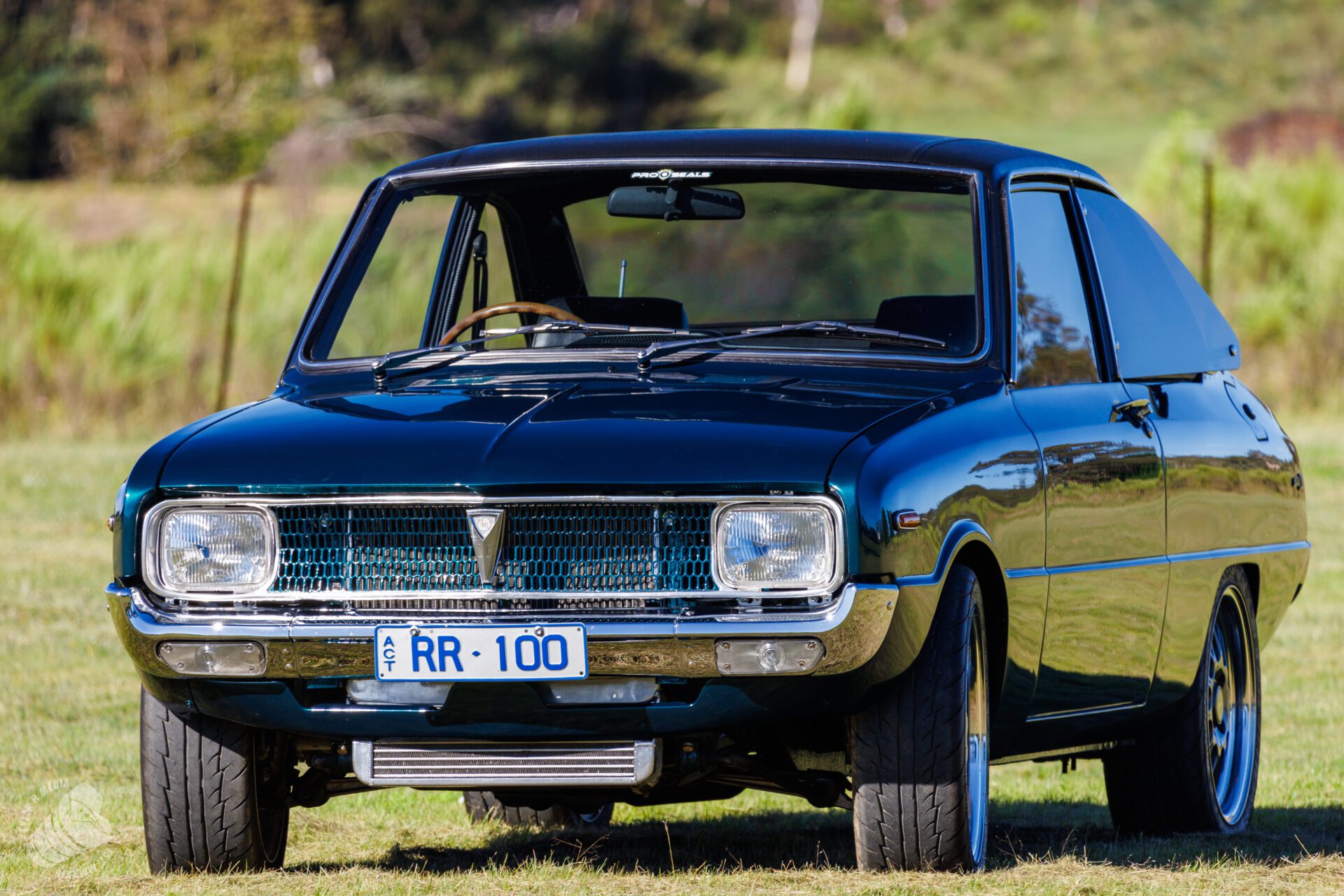
It’s worth noting at this point that Mazda used the R100 (or Familia Rotary Coupe) in motorsports. Unsurprisingly it won its debut at the Grand Prix of Singapore in April 1969. It would compete in several endurance events across the world before placing fifth at the Marathon de la Route at the Nürburgring. At the Suzuka All-Japan Grand Cup, it easily outpaced the rest of the field. Not bad for a car with a 10A twin-rotor free-revving Wankel motor that carried the car to 100 km/h in 10.8 seconds and a top speed of around 177 kph (2). As Jeremy further explains;
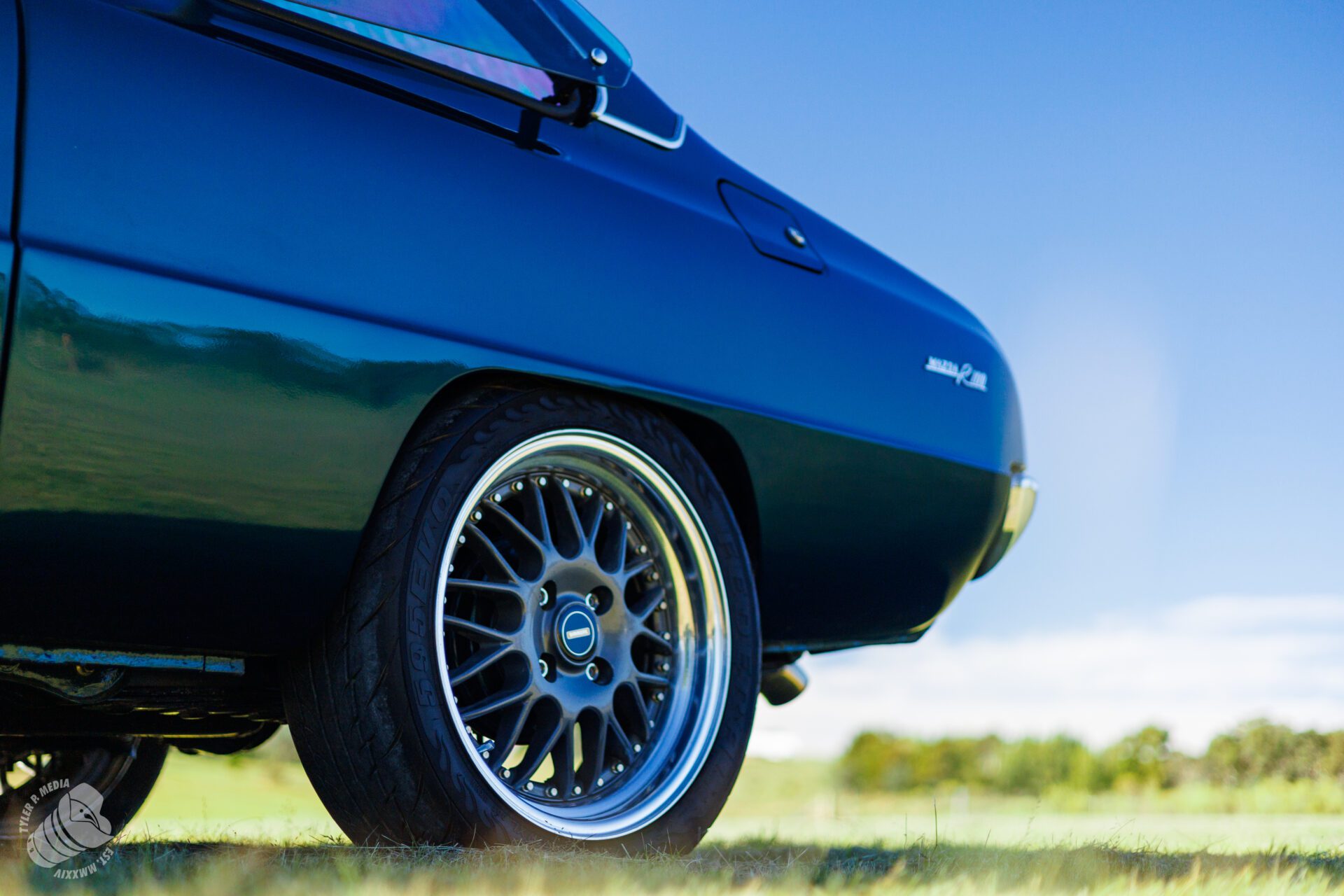

“The feeling that driving a rotary, being in a rotary, gives you is something that is nearly an addiction. Once you experience being in that zone, in a rotary, whether it’s a race car, a road car, whatever it may be – you can’t replicate that feeling in any other way. Especially when you’re going pretty quick in a car and it’s continuously pulling. It’s the wind noise, the sound, just the RPM and only three moving components in an engine, the MSU design and what Wankel and Mazda continued with into production”
Powerful words. We glimpse some of this magic as we move outside for some final photography on the greens of Jeremy’s property. Hearing the R100 leap into action is something to savour; the sound transporting us to another time where sports coupes and daily drivers were new and exciting to an Australian public not used to the Mazda. The car positioned; Jeremy can’t resist also firing up his RX4 for a twin photo set.
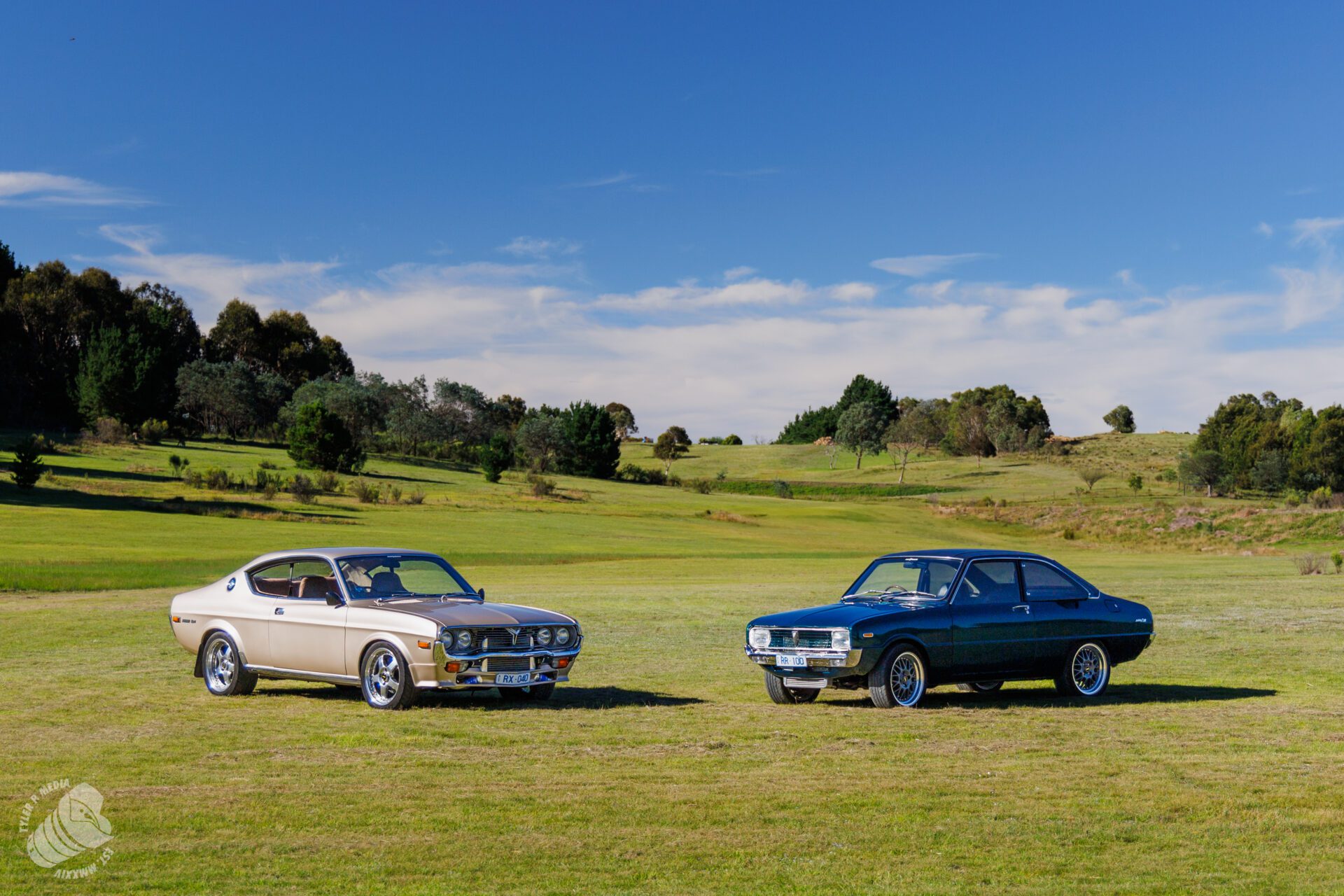
And suddenly, everything old is new again…
Photographed in New South Wales by Tyler Parrott of Tylerp.media featuring Jeremy and the 1970 Mazda Series II R100. Article hosted by Kevin Ha at StreetScene. Credit to (1) Mazda R100 from Down Under by David Morris and (2) 1970 Mazda R100 by conceptcarz. Words, research and story by Justin Bush for MazdACT Stories, June 2024.
For more great content, photography and related articles make sure to check out:
Tyler P. Media
StreetScene
MazdACT
